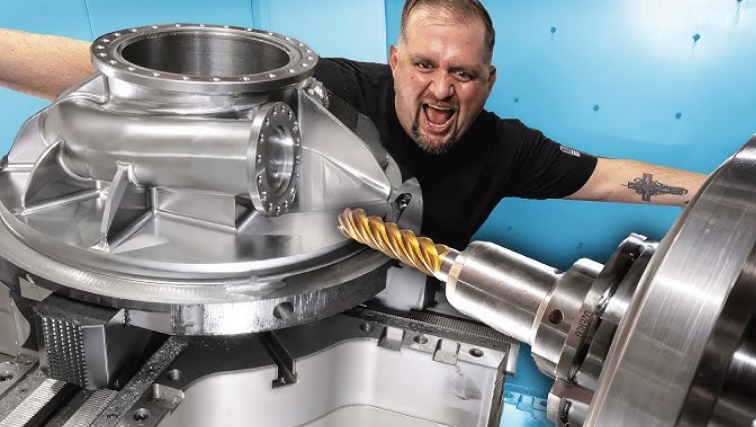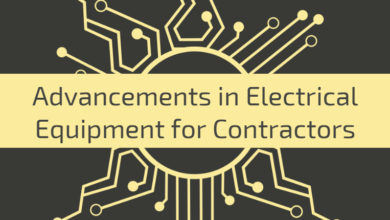Beyond the Basics: Advanced Techniques in CNC Turning for Expert Machinists
Discover advanced CNC turning strategies designed for expert machinists. Elevate your technical know-how and expand your machining capabilities today.

When it comes to CNC turning, there is always room for improvement and growth. Even experienced machinists can benefit from learning advanced techniques to enhance their skills and increase productivity.
In this guide, we’ll explore some advanced techniques in precision CNC turning that expert machinists use to take their work to the next level.
Contents
Understanding the Machine’s Capabilities
One of the first steps in mastering advanced techniques in CNC turning is understanding the capabilities of your machine. This includes knowing its speed, feed rates, and the maximum cut depths it can handle.
By familiarizing yourself with these parameters, you can optimize your tool paths and create more efficient machining processes. Additionally, understanding your machine’s capabilities allows you to push its limits while still maintaining precision and quality in your work.
Advanced Tooling and Inserts
Expert machinists know that high-quality tooling and inserts are essential for achieving superior results in CNC turning. Investing in advanced tooling, such as indexable carbide inserts or diamond-coated tools, can significantly improve your machine’s performance and reduce cycle times.
Additionally, understanding how different types of inserts and tool geometries interact with materials can help you choose the most suitable tools for each job. By experimenting with various combinations of inserts and tools, you can find the optimal setup that delivers the best results for your application.
Utilizing Multi-Axis Machining
While traditional CNC turning typically involves two axes, advanced techniques involve multi-axis machining to produce more complex parts. You can create parts with more intricate designs and features by utilizing additional axes, such as a live tooling axis or a Y-axis.
This technique requires extensive knowledge of programming and machine capabilities, but the payoff is increased efficiency and versatility in your machining processes. Additionally, multi-axis machining allows for simultaneous operations on different workpiece parts, reducing cycle times.
Taking Advantage of Live Tooling
Live tooling is another advanced technique that expert machinists use to achieve more complex and precise results. With live tooling, the workpiece can be rotated while cutting tools are engaged, allowing for machining operations on multiple sides without having to reposition the part.
This technique saves time and allows for more intricate designs and features to be added to the part. However, it requires a thorough understanding of machine capabilities, programming techniques, and high-quality live tooling attachments.
Constantly Improving and Adapting
The key to mastering advanced techniques in CNC turning is constantly learning and adapting. As technology advances and new tools and machines are introduced, expert machinists must stay updated and improve their skills.
Additionally, machinists can find innovative solutions to complex machining problems by staying open to new techniques and approaches. Continuous improvement is crucial in the fast-paced world of CNC turning, and expert machinists know there is always room to grow and learn.
In conclusion, mastering advanced techniques in CNC turning requires a combination of understanding machine capabilities, using high-quality tooling and inserts, utilizing multi-axis machining, taking advantage of live tooling, and continuously improving. By implementing these techniques, expert machinists can achieve superior results and stay ahead in the constantly evolving world of CNC turning. So keep learning and exploring new techniques, and you’ll become an even better machinist!
Do you have any advanced techniques for CNC turning? Please share them in the comments below, and let’s continue learning from each other.



